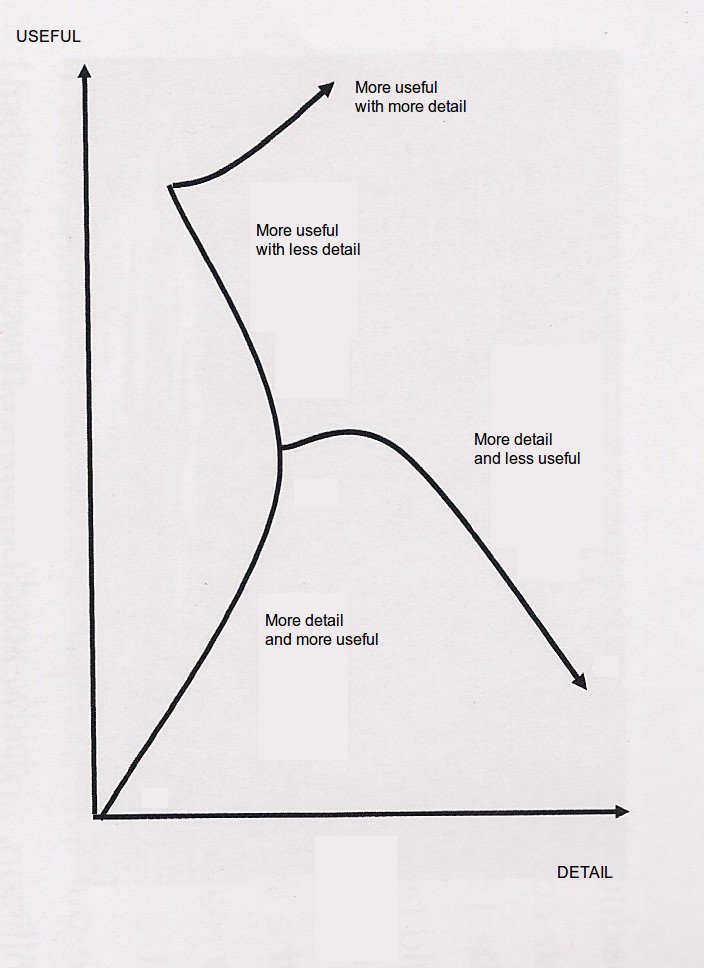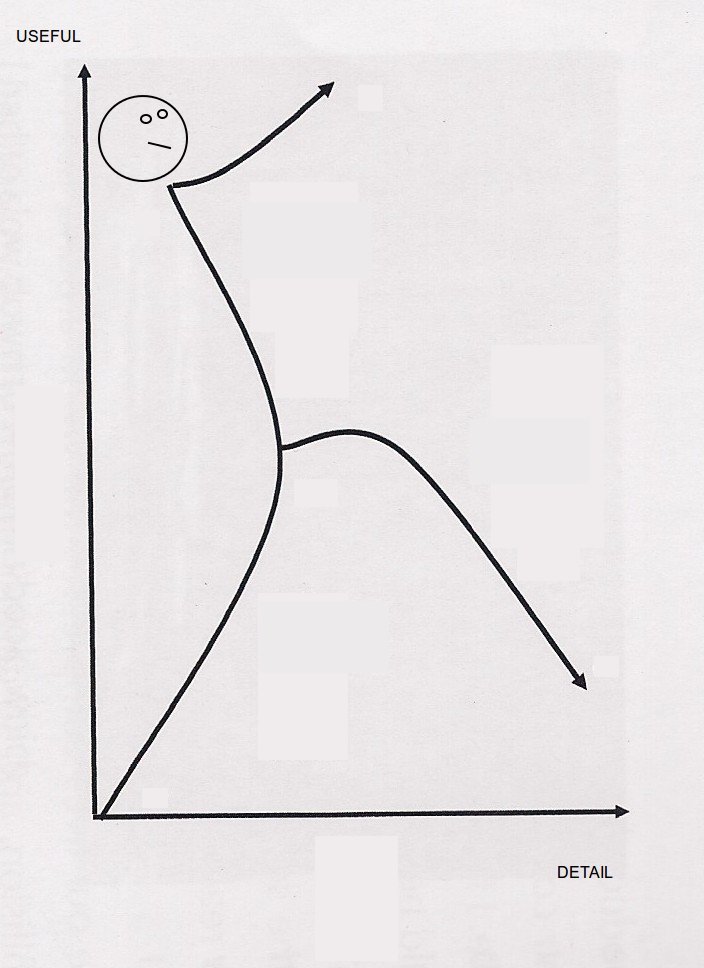According to Wikipedia https://en.wikipedia.org/wiki/Perfect_is_the_enemy_of_good this phrase was popularised by Voltaire, and Shakespeare via King Lear: “striving to better, oft we mar what’s well”
This phrase is a favourite of several people I respect and admire. On the other hand it has always vaguely troubled me. I think there may be two dimensions of this phrase that are worth pondering.
One: “the good” is a quality of the work
The first dimension is better expressed in King Lear, and on the wiki page where it is suggested the meaning is “that we might never complete a task if we have decided not to stop until it is perfect.” This is correct, however not an absolutely faithful interpretation of the phrase “striving to better”. To my mind this does not necessarily lead to the position “will not stop until perfect”. If one strives for perfection but admits that this is beyond the scope of one’s ambition then one will eventually stop when “it” is “good enough”, and that state will be better if one were striving for perfection than if one where aiming for “satisfactory”.
Two: “the good” is the impact the work may have on the world around us
The second dimension resonates more clearly with me and that is that “the good” is a public good, an impact that we feel would make the world a better place. To aim for a satisfactory action or intervention on the world around is would then be the goal, and we should try to achieve this as soon as possible, without delaying our work with minutia or trivia that might be that extra 1 percent that we would hope elevates our work further than satisfactory. One extra rung up the ladder toward perfection.
Stirzaker’s “simplicity cycle”
On page 175 of Stirzaker, R. (2010). Out of the scientists garden: A story of water and food. Canberra, Australia: CSIRO. I copied the image and show it below, but I have flipped it around so the axis are reversed from his original. This shows a couple of trajectories we can head along in terms of striving for enhancements, and the effect this has on how “good” the results are.

Seriousness aside
I used this image in my last project as a rallying call to the team to focus on both striving for the perfection while also balancing our aims to impact on the good. My colleagues pointed out that the flipped over version is easily turned into a stickman, a la XKCD!






